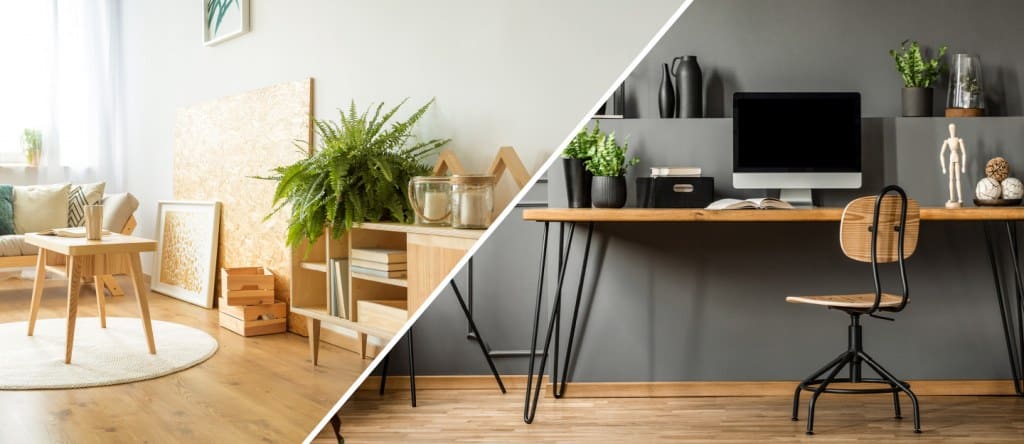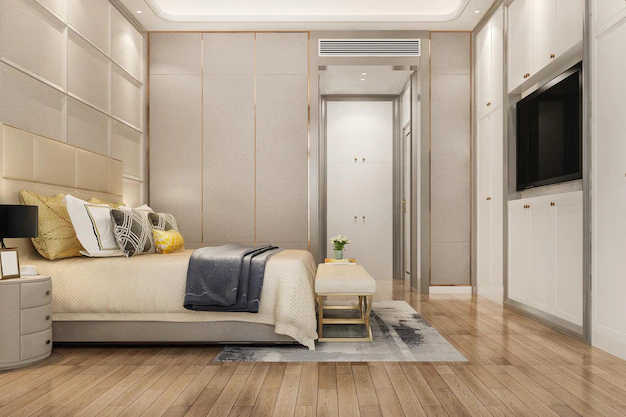
When it comes to furnishing your home, one of the most significant decisions you’ll face is choosing between metals and wood furniture. Both materials have their unique advantages and charm, making the decision-making process a bit challenging. In this article, we will explore the attributes of each material, highlighting their pros and cons, to help you make an informed choice that suits your style, needs, and budget.
Understanding Metals and Wood Furniture:
Metals Furniture
Metals furniture, such as steel, aluminum, and iron, offers a modern and industrial aesthetic. It is known for its sleek lines, durability, and ability to fit seamlessly into contemporary and minimalist settings. Metals furniture is often favored for outdoor use due to its weather-resistant properties.
Pros of Metals Furniture:

Durability: Metals furniture is exceptionally durable and can withstand heavy use without showing signs of wear and tear.
Modern Aesthetics: The clean and sleek design of metals furniture adds a modern touch to any living space.
Weather Resistance: Metals furniture is ideal for outdoor settings as it can withstand various weather conditions without rusting or warping.
Low Maintenance: Metals furniture requires minimal maintenance, making it a convenient choice for busy households.
Cons of Metals Furniture:

Temperature Sensitivity: Metal surfaces can become hot or cold, depending on the weather, making them less comfortable for extended seating.
Limited Customization: Metals furniture often comes in standard designs, limiting customization options compared to wood furniture.
Wood Furniture

Wood furniture brings warmth, elegance, and a timeless appeal to any home. From classic wooden dining sets to rustic wooden cabinets, this material has a broad range of styles and finishes to suit different interior themes.
Pros of Wood Furniture:
Natural Beauty: Wood furniture exudes natural beauty with unique grain patterns and textures, adding character to your living spaces.
Versatility: Wood furniture comes in various types of wood, such as oak, teak, and walnut, offering versatile options to match different tastes.
Longevity: High-quality wood furniture can last for generations when properly cared for, making it a valuable investment.
Comfortable Feel: Wood furniture has a comfortable and inviting feel, making it perfect for extended seating.
Cons of Wood Furniture:

Susceptible to Damage: Wood furniture may be prone to scratches, dents, and water damage if not properly maintained.
Cost: Depending on the type of wood and craftsmanship, wood furniture can be more expensive compared to metals furniture.
Factors to Consider:
When making the decision between metals and wood furniture, consider the following factors:
Style Preference: Determine which aesthetic aligns better with your interior design and personal taste.
Intended Use: Consider the primary purpose of the furniture and whether it will be used indoors or outdoors.
Budget: Establish a budget that suits your financial capacity without compromising on quality.
Maintenance: Reflect on the level of maintenance you are willing to commit to for the chosen material.
In conclusion, both metals and wood furniture have their unique strengths, making them suitable for different scenarios. Metals furniture excels in modern settings and outdoor spaces, offering durability and low maintenance. On the other hand, wood furniture brings a timeless and warm ambiance to your home, with a wide range of styles to choose from. Ultimately, the decision between metals and wood furniture boils down to personal preference, lifestyle, and the specific needs of your living spaces. By carefully considering these factors, you can confidently select the perfect furniture that complements and enhances your home’s interior.



